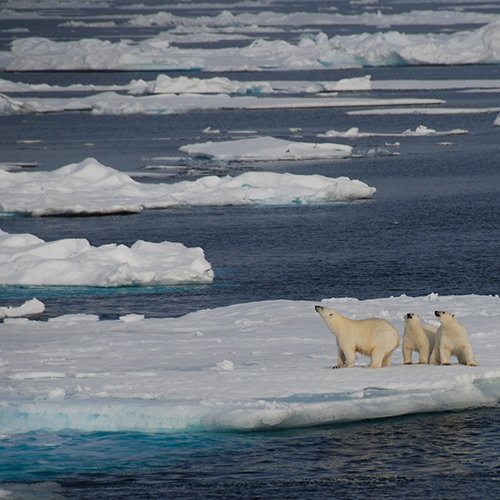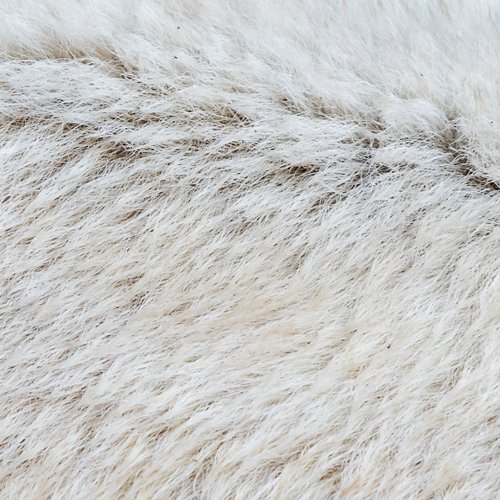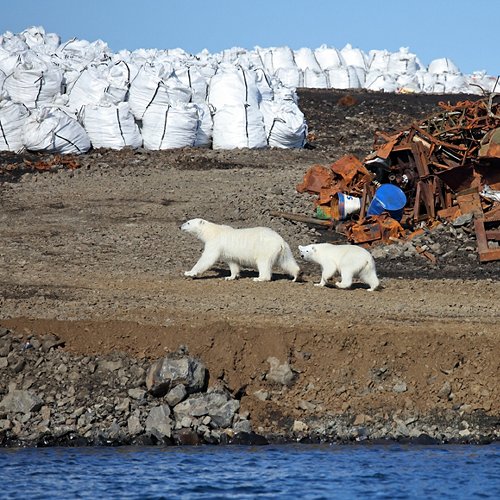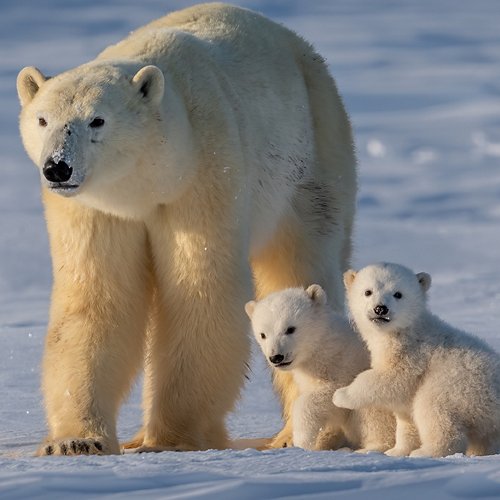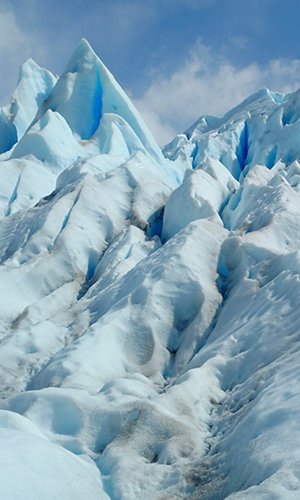International Polar Bear Day, set up by Polar Bears International, a non-profit organisation, was held on 27 February. The aim of day is to increase awareness in all of us of the challenges that polar bears must face daily due to climate changes. The North Pole, the home of polar bears, is one of the places on our planet where the impacts of climate change and global warming are most pronounced. Due to the increase in temperatures, in fact, Arctic ice is disappearing because it melts earlier in spring and forms later in the autumn. Thus, every year the area of ice grows increasingly small, taking away the habitat that offers refuge and hospitality to these splendid animals. To better understand what the impacts of these climate changes on polar bears are, let us discover together some of the characteristics of these Riders of Icebergs, as they were called by medieval Norse poets.


